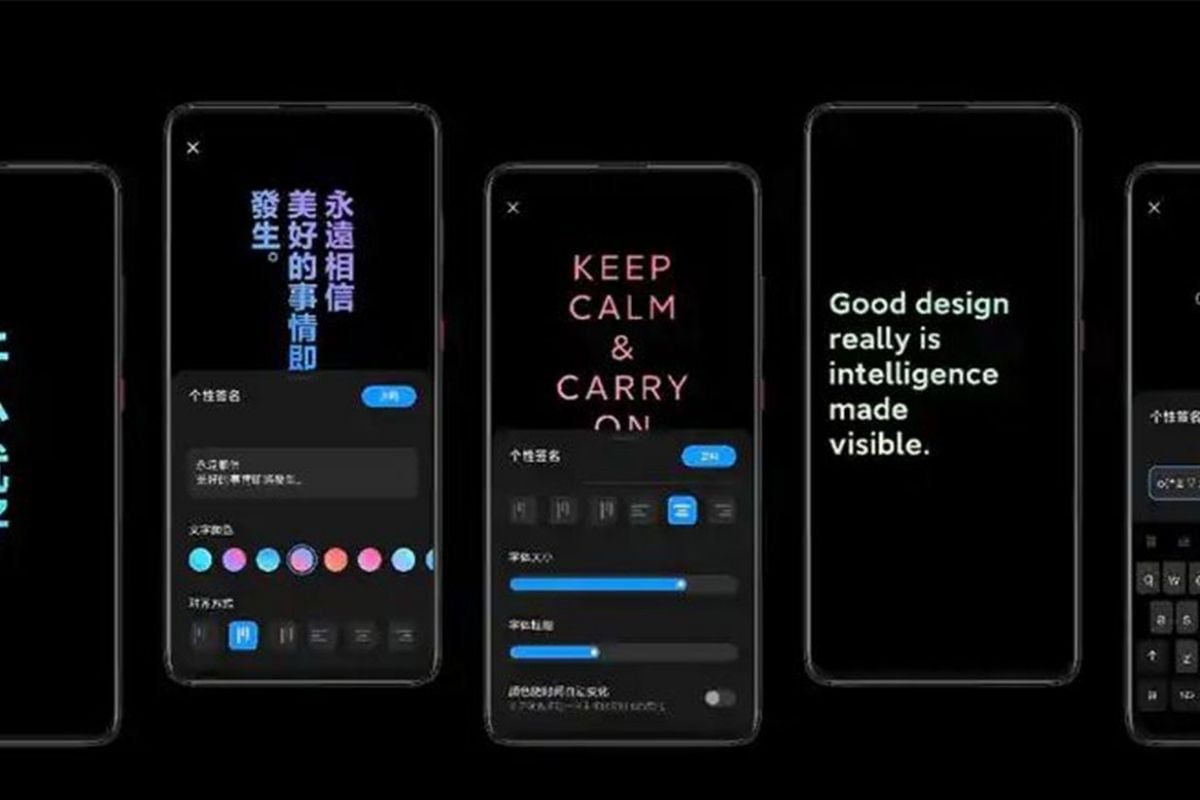
Xiaomi as a company has had a monumental rise in India, entering the market at a time when the likes of Lava, Micromax and Karbonn were the talk of the town. The company planned to do things differently and, it did just that,
Rather than provide mediocre specifications with more emphasis on advertising, the company chose to let its products speak for themselves, as is evident by the inherent success that it now boasts of.
At a time when most devices were plastic and offered poor specifications, the company dropped its Note series of devices, which caught on after the third generation, namely the Note 3. Then came the number series of devices and so on, to the point where the Redmi name is synonymous with the budget segment.
Now, the company faces a mammoth task ahead of itself. It has already showcased its worth in the budget segment, but with an increased focus on Flagships and premium mid-range devices via the Mi series, it goes head to head with giants such as Samsung, OnePlus and Apple, stepping out of its comfort zone.
To tackle this, the company decided to go all out on specifications, with an emphasis on hardware, but, in doing so, forgot that it needed to take care of the software as well. Now, before you jump on the MIUI hate train, wait because there is more to this than meets the eye.
MIUI: A Bane Or Just A Misunderstanding?

The word on the street would point an unknowing user towards the former since most techies, if not non-techies, feel that MIUI is not a desirable OS to use. From ads to privacy concerns, it is supposedly the haunted house of UIs.
But, is the reality the same, or is there more to it than meets the eye. You will be surprised to find out that, in reality, MIUI as a whole has improved by leaps and bounds, with minimal ads, that too from the GetApps application. The explicit pop-ups under the browser are now gone and, privacy issues too have been addressed.
This is the case for most devices priced above 10k in the company’s portfolio. Having heard a lot about MIUI on flagships and having used the Mi 10, I can honestly say that the OS gets a bad rep and is actually decent.
Yes, there are minor lags and frame drops from time to time in the budget devices, but they do not plague the more expensive devices. Furthermore, the dialer and messaging application, one that came under immense scrutiny, has now been replaced by Google’s stock applications.
Even the issue regarding updates has been addressed, with most devices getting timely updates that address any issue that may arise.
What Issues Need To Be Tackled?
For a flagship, though, anything short of perfect is not bearable, and, unlike its major competitors, for the leaders, even in the company’s flagship portfolio, there are some issues, two in particular that really need to be addressed.
1. Lack Of Knowledge Regarding MIUI

The first of these issues is not one that affects the company; rather, it affects the user base. The MIUI of the olden days is now gone, but its reputation remains the same. When this same approach is taken in the context of flagships by an uninformed user, this leads to issues.
The UI used on flagships is a bit different than regular MIUI, and, in my view, the company should rebrand MIUI for flagships into something else so that the uninformed user gets a chance to try it out before making assumptions on old statements.
This is a widespread issue, with many of my friends and relatives saying why would one invest in a device with poor UI above the Rs 20k barrier, whilst in reality, the situation is quite different.
2. A Design Refresh

This point is purely varying based on the person, so one may disagree with the argument I make here. The second issue, to me, with MIUI, is the child-like appearance of the UI.
Don’t get me wrong; it’s a breeze to use and, minor hiccups on budget devices aside, it’s fun and intuitive even on budget segment devices, but it seems to be appealing to one’s inner child.
This is evident by the larger layout, the more animations in use and the overall colourfulness across the OS.
Whilst this might be appealing to some, a user spending more money would like to use a device that offers a sense of uniqueness and panache rather than one that appeals to the artistic child within.
Themes available in the wallpaper segment do help tackle this to some extent, but, at times, something better might be in need.
Xiaomi could do something like ASUS, which offers a gaming skin and a regular skin, differentiating the two kinds of users that might use their device.
Overall, MIUI is not bad skin; rather, it is one of the more intuitive ones out there, but, due to an overall lack of information, it deters the concerned buyer from making a decent purchase.















